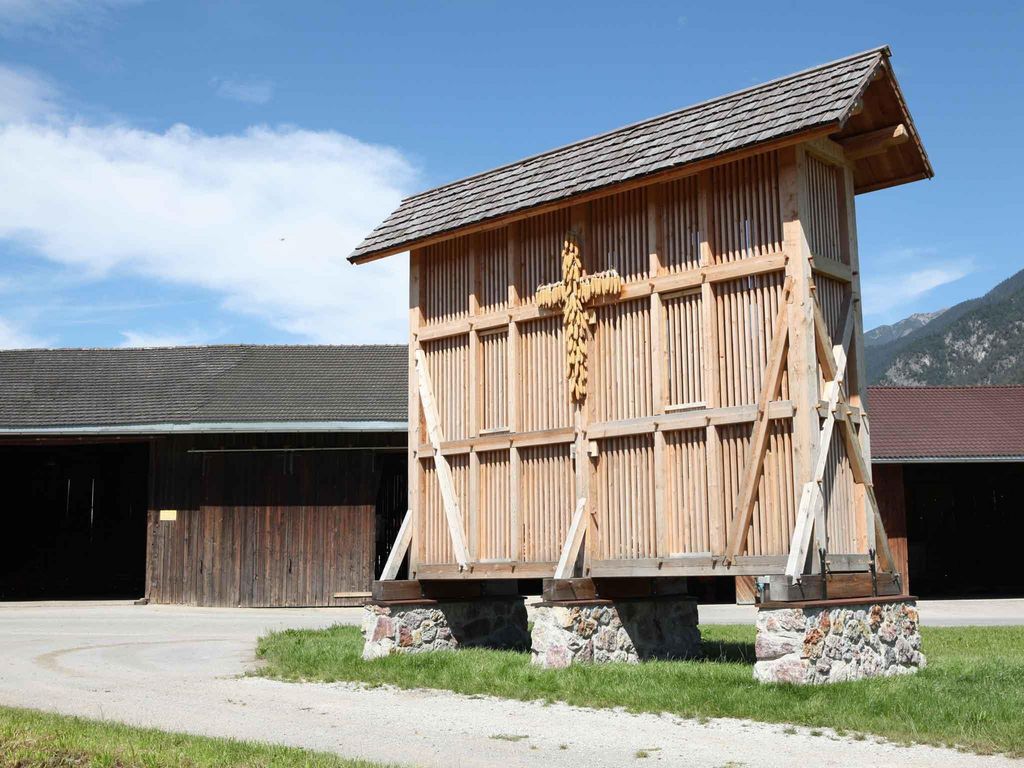Tirggenhäusl
Birkenweg, 6175 Kematen
+43 5232 / 23 00
verwaltung@kematen.tirol.gv.at
https://kematenintirol.at
Horario de apertura
“Tirggen” es la expresión tirolesa para definir el maíz. El cultivo del maíz se introdujo en Kematen alrededor del año 1600. Era una cultivo fructífero, algunos campesinos llegaron a cosechar hasta 20.000 kg. Incluso hubo una variedad autóctona llamado “Kemater Tirggen” creada por Josef Hörtnagl. Las mazorcas de maíz se colgaban de palos en el frontón de las granjas para su secado.
A partir de 1860 aproximadamente, las mazorcas se almacenaban en un edificio especial llamado “Tirggenhäusl”. Fue el administrador de la granja Burghof, el polaco Lepuschitz, quien introdujo este sistema a los campesinos de Kematen. A partir de este momento, las “Tirggenhäusl” marcaron la imagen de la localidad. Este nuevo método ahorraba espacio y permitía secar grandes cantidades de mazorcas. Actualmente se puede ver este tipo de construcción en el estado federal de Burgenland y en Hungría.



